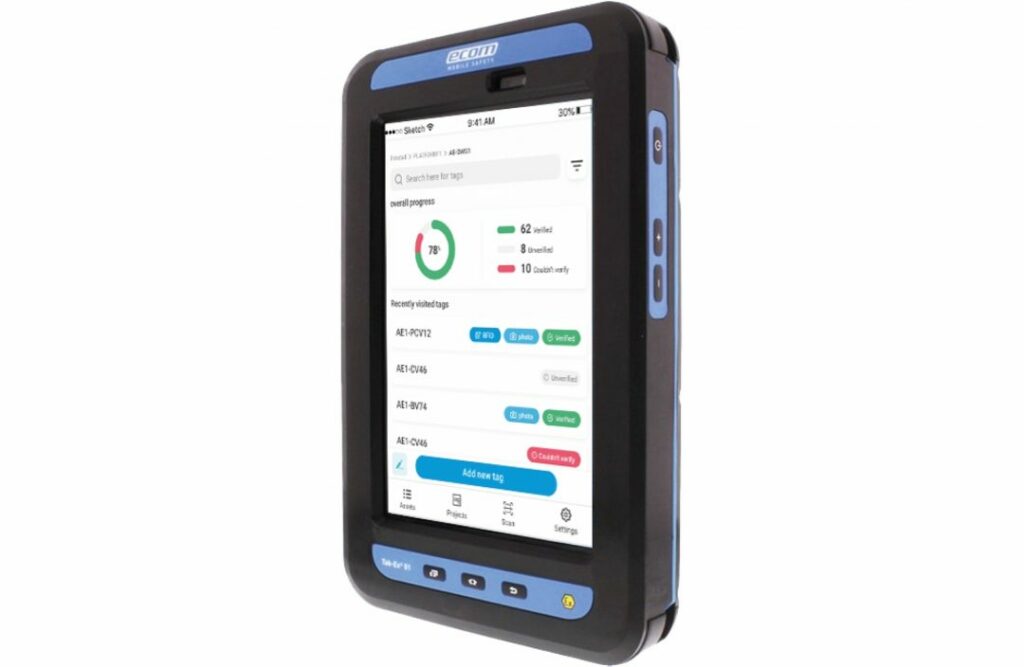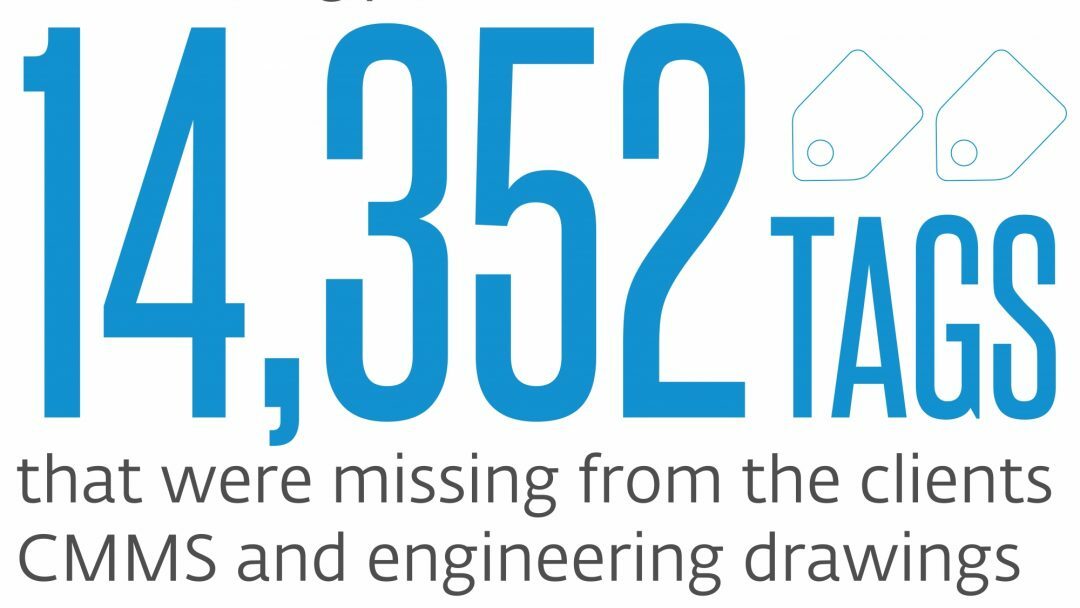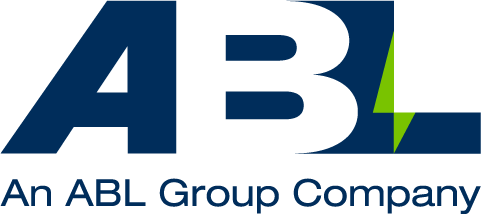Physical Asset Verification of 7 Offshore Sites
Why ABL Were Contracted
The client faced the following challenges:
- Missing and inaccurate data in the existing Asset Register
- Unable to source the correct parts due to name plate data missing
- Wasting money ordering parts that were incorrect or obsolete
- No assurance that all equipment was accounted for and therefore being managed or maintained
- Request from corporate to execute an audit within a short time frame on 7 assets and not enough resources to liquidate the work simultaneously
What We Did
- Conducted a Physical Asset Verification of 52,000 equipment tags, across 7 sites simultaneously to verify asset existence and collect key information using our ePAV™ app to streamline the process
- Collected name plate data to be able to develop Bill of Materials (BoMs)
- Red-line mark up of engineering drawings to define changes that were to be implemented
- Prepared CMMS load sheets for implementation into the CMMS

ABL’s Findings
- ABL found an additional 14,352 tags that were missing from the clients CMMS and engineering drawings
- 82% of the name plate data was missing from the CMMS
- Identified missing Safety Critical Equipment from existing CMMS

The Deliverables
- CMMS upload sheets with new and verified tags, and their critical attributes for direct implementation into the CMMS
- Red-lined as-built drawings, detailing the changes (e.g. additional equipment, changes to tag numbers, equipment that has been decommissioned) for the client to update
- An independent “Valve Register”
The Benefits
- Assurance that what is on site is reflected accurately in the CMMS and therefore can be managed appropriately to mitigate risk, assure reliability and optimise costs
- All safety, production and environmentally critical equipment are accounted for and can be managed to reduce exposure to risk
- Achieved audit requirements on time
- Correct name plate data is now available in the CMMS for BoMs to be developed and the correct spares to be purchased
- An independent register including all valves on site will enable a simpler and more efficient approach to routine maintenance, such as greasing, as well as tracking of “locked-open” and “locked-closed” valves, which is critical for managing the safety and integrity of the assets
